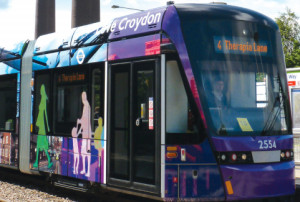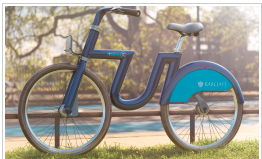Yesterday I covered the various airports at which you might arrive on your visit to London.
This post is designed to explain the various ways in which you can get around the great city that is London.
The Underground is the obvious first choice for many when speed is needed. Buses are also available providing the ability to see more of the city. Adding to the mix are Riverboats, trams in some areas, railways and SkyLine, cable car. You can even rent bicycles from designated stands.
Planning your time in London is the best way to start and TfL (Transport for London, the operator of most means of transport in the city) has a couple of guides designed for visitors. They can be downloaded as pdf files from this web page.. This extract shows the major bus routes that link attractions.
There are a lot planning resources on the TfL website which can be useful in advance of your visit.
Tickets
Strangely this is probably one of either the simplest or most difficult issues for visitors. The over-riding suggestion is that you obtain an Oyster card. This is a card where you load money in advance and which you then touch in and out at Underground stations on when you board buses. It is always cheaper than paying cash fares.
Touching In and Out is explained on this web page. A word of warning if you use the Dockland Light Railway – you may have to hunt for the Oyster readers and you must do this or you will have a large single ticket deducted from your Oyster.
Details of fares for 2014 are here.
You can use your Oyster card on certain National Rail routes, primarily for journeys in and around London. You can read about this here.
What makes the Oyster complex is that is does not always work on every single method of transport in the capital. The Riverboats offer a discount if you have an Oyster. There is a daily capping system so that using an Oyster should be the same price as if you buy a one day Travelcard, but there are exceptions to this.
Trams operate outside the capital, in South London and an average visitor is unlikely to encounter them.
If you feel brave enough you can cycle around the city. Details, including an explanation of how to use your credit card to rent one, the prices (which have recently doubled) and where to pick one up are found at this site. You are recommended to bring Hi-Viz gear and a helmet, but these are not mandatory in the UK. Caution should be taken when turning left near a bus or lorry as the majority of accidents involving cyclists happen this way.
There are apps readily available from iTunes which may help with planning:
TfL operate a range of weekend closures which may impact on your travel. These are published in advance and short notice closures/delays can also been seen on their web site. The map looks like this:
The web site also includes details of future cancellations and service changes.









Heading to London in June, thanks for info – better than a frommers guide 🙂
@sw – glad its a help. There is more to come over the next few days. Keep reading.
Rent a car and drive to Bath and Oxford. As long as you have 3/4 of a brain are a little bit of an aggressive driver you’ll be fine. WE drove all around for a week and no issues. Parking can be difficult downtown sometimes, but no worse than Chicago or Boston. Shop all the locations of Sixt really well, we managed to get an E class Mercedes Diesel that got 50+ miles to the gallon for about 30.00 US per day.
You can turn in your Oyster card for a refund on the way to the airport or at the tube station at the airport and they will give you back the cost of the card.